A Comprehensive Guide to Interior Lighting: Illuminating Your Space with Style and Function
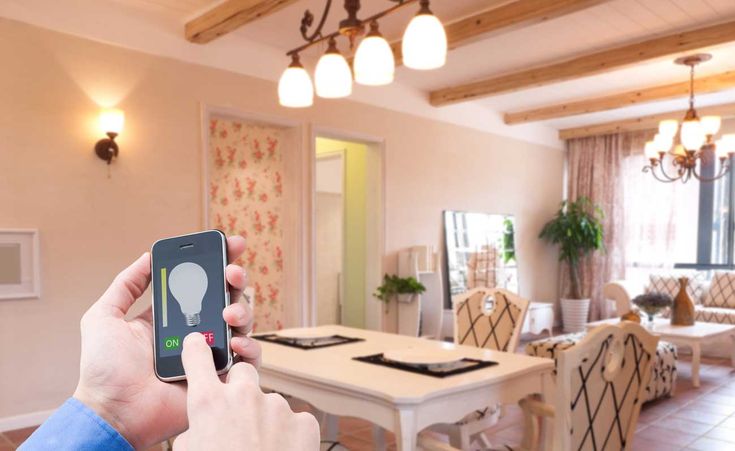
Lighting is one of the most critical aspects of interior design. It not only enhances the aesthetics of a space but also impacts its functionality and mood. Whether you’re planning a home makeover or designing a new space, understanding the principles of interior lighting can transform your environment. Here’s a guide to help you illuminate your interiors effectively and beautifully with a lighting automation system.
1. The Role of Interior Lighting
Interior lighting serves several purposes:
- Functionality: Ensures that spaces are adequately lit for daily activities like cooking, reading, or working.
- Aesthetics: Highlights architectural features, décor, and art pieces, enhancing the overall design.
- Mood: Influences how a space feels, from warm and cozy to bright and energetic.
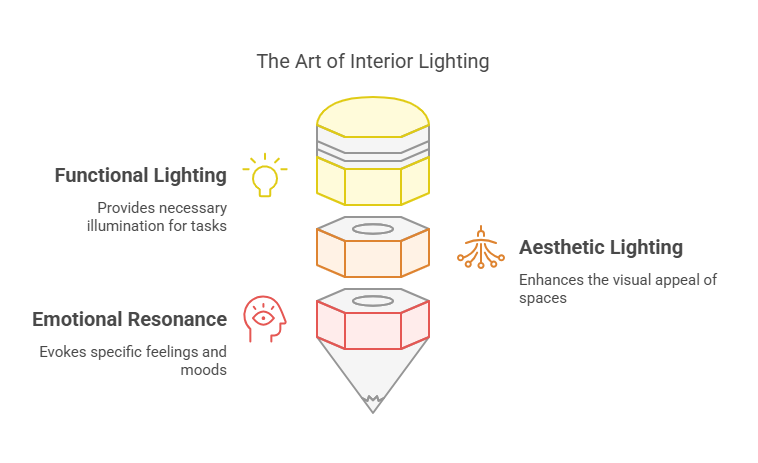
2. Types of Lighting
To create a well-balanced lighting scheme, combine these three types:
a. Ambient Lighting
This is the general lighting that provides overall illumination. Examples include:
- Ceiling-mounted fixtures
- Recessed lighting
- Chandeliers
b. Task Lighting
Focused light for specific tasks such as reading, cooking, or working. Examples include:
- Desk lamps
- Pendant lights over kitchen counters
- Under-cabinet lights
c. Accent Lighting
Used to highlight specific features or create visual interest. Examples include:
- Wall sconces
- Picture lights
- Track lighting
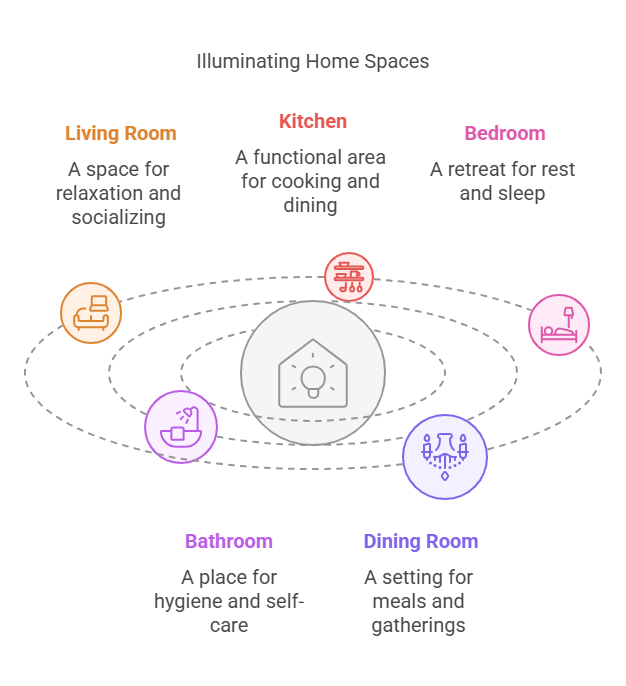
3. Choosing the Right Light Fixtures
Each room has unique lighting needs. Here’s a quick breakdown:
- Living Room: Use a combination of ambient and accent lighting, such as a central chandelier with wall sconces and floor lamps. Dimmer switches can help set the mood.
- Kitchen: Opt for bright task lighting over work areas, complemented by ambient lighting to maintain an inviting atmosphere.
- Bedroom: A mix of soft ambient lighting and bedside task lamps creates a relaxing and functional space.
- Bathroom: Ensure bright and shadow-free lighting for grooming tasks, using vanity lights or mirrors with integrated lights.
- Dining Room: Use a statement pendant or chandelier over the dining table to create a focal point.
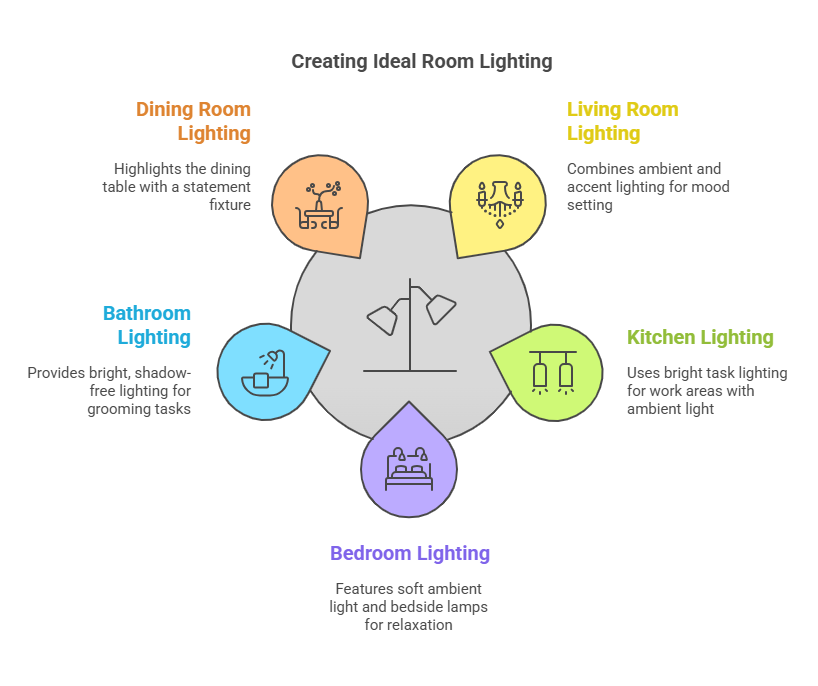
4. Layering Your Lighting
Layering involves using multiple light sources at different heights and intensities to create depth and interest. For example:
- Combine a central pendant light with floor lamps and wall sconces.
- Use dimmers to adjust light intensity based on the time of day or mood.
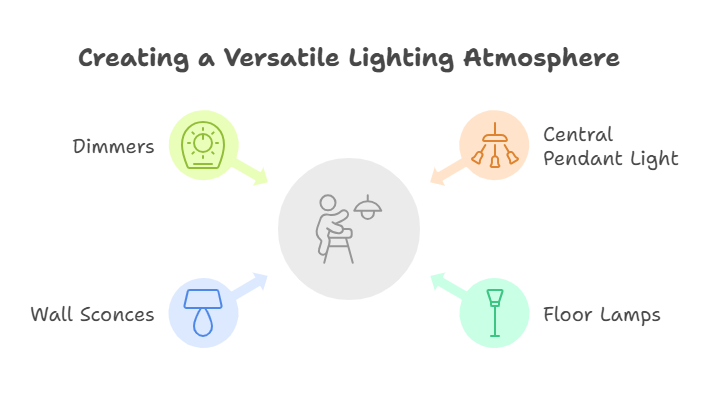
5. Choosing the Right Bulbs
The type of bulb can dramatically affect the lighting in your space. Consider the following:
- Color Temperature: Measured in Kelvin (K), lower values (2700K-3000K) produce warm light, while higher values (4000K-5000K) emit cool light.
- Energy Efficiency: LED bulbs are energy-efficient, long-lasting, and available in various styles and temperatures.
- Brightness: Measured in lumens, choose the appropriate brightness for the space’s function.
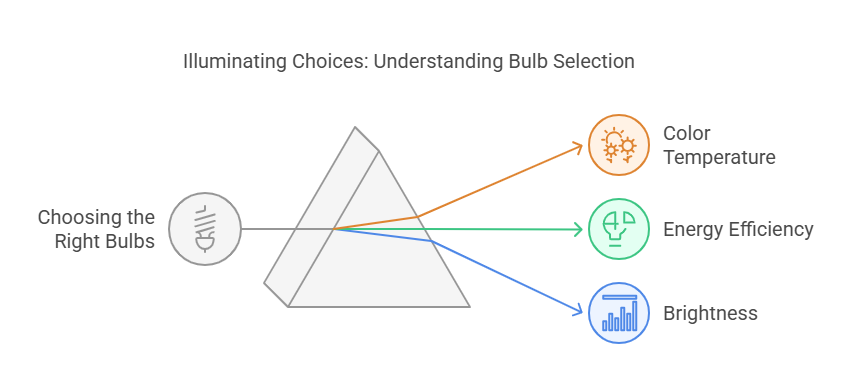
6. Common Mistakes to Avoid
- Overlooking Natural Light: Maximize natural light with sheer curtains, mirrors, and light colors.
- Neglecting Dimmers: Dimmers offer flexibility and help save energy.
- Using Only One Type of Light: Avoid relying solely on overhead lighting; layer your light sources.
- Poor Fixture Placement: Ensure task lighting doesn’t cast shadows, especially in kitchens and bathrooms.
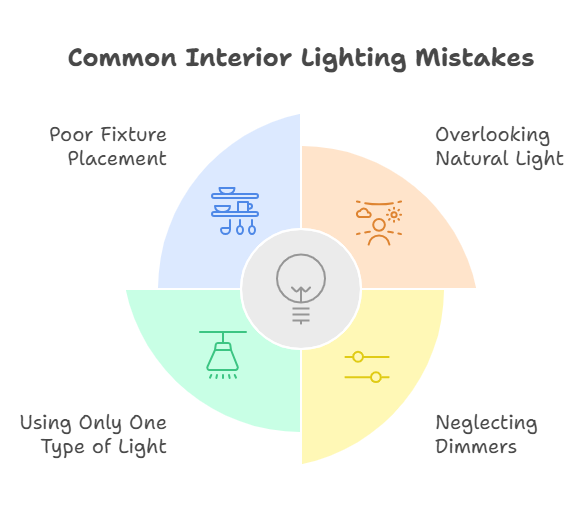
7. Trends in Interior Lighting
- Smart Lighting: Control brightness, color, and schedules with smart bulbs and systems.
- Sustainable Designs: Look for eco-friendly fixtures and LED technology.
- Statement Pieces: Oversized pendants or artistic fixtures that double as décor.
- Layered Lighting with LED Strips: Subtle, energy-efficient, and versatile.
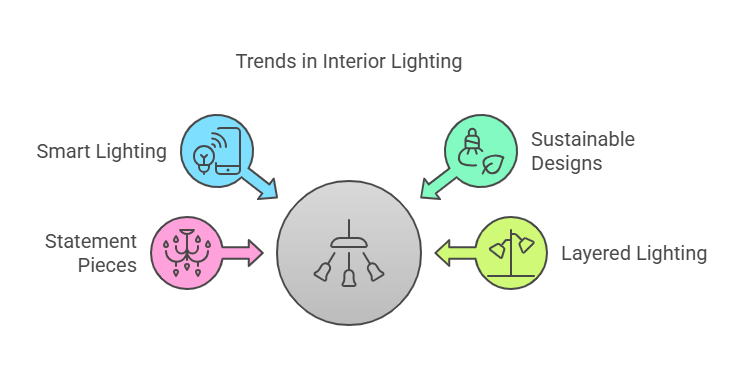
Conclusion
Good interior lighting is about balancing aesthetics and functionality. By layering lighting, selecting the right fixtures, and using modern technology, you can create a space that is not only beautiful but also practical and inviting. Remember, lighting has the power to transform a room—so invest time and thought into your choices.
What are your favorite lighting styles or fixtures? Share your thoughts in the comments below!
